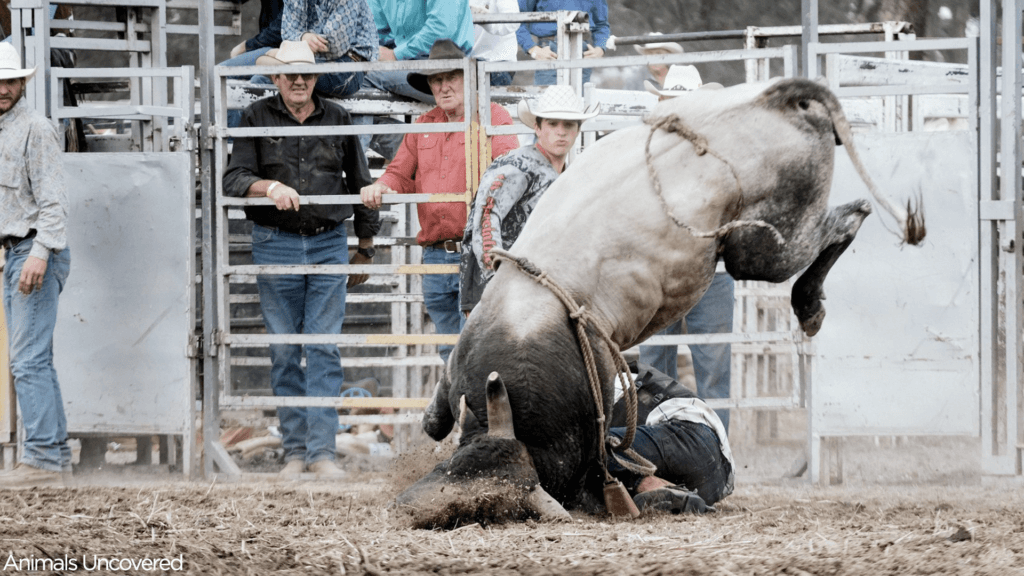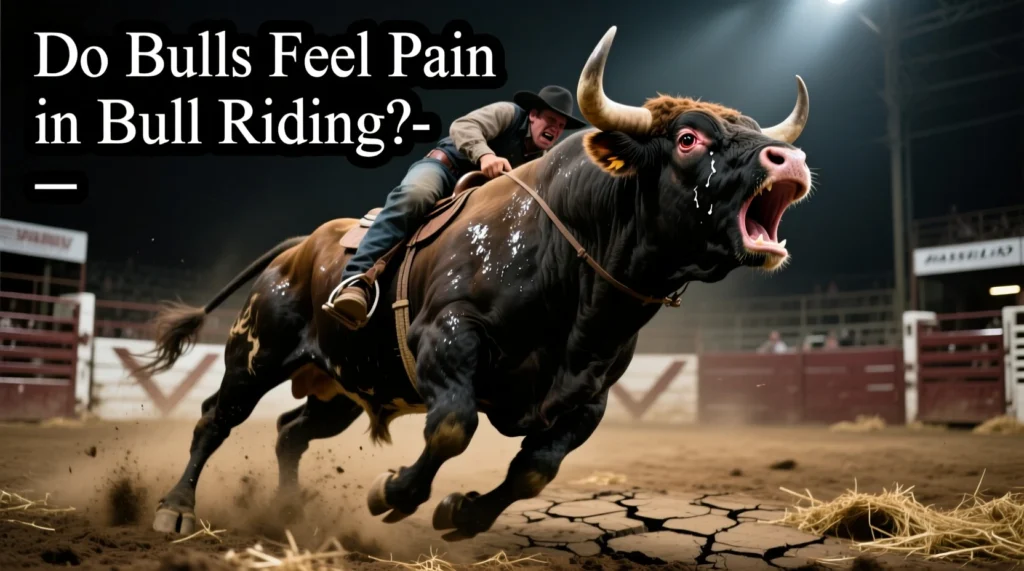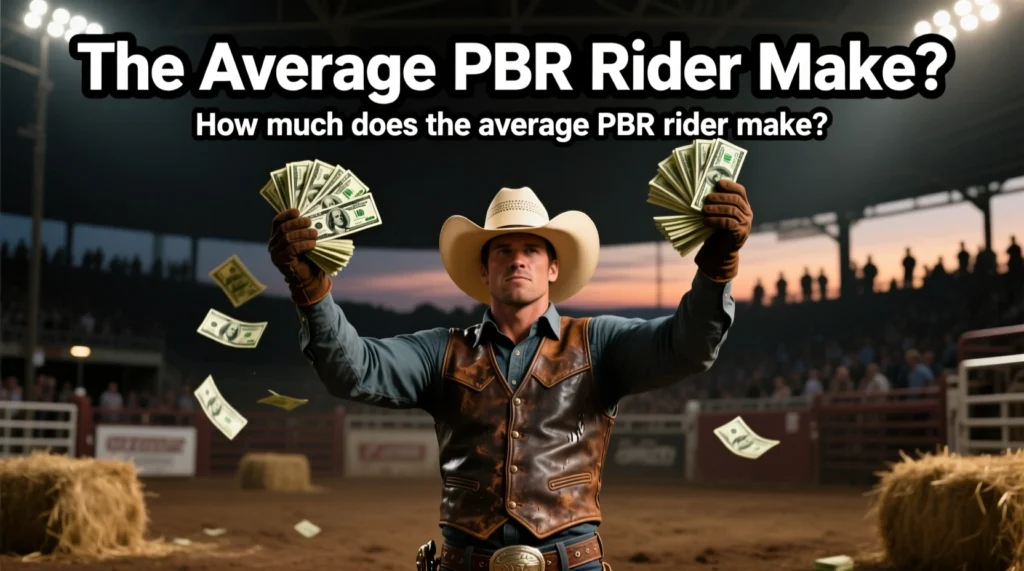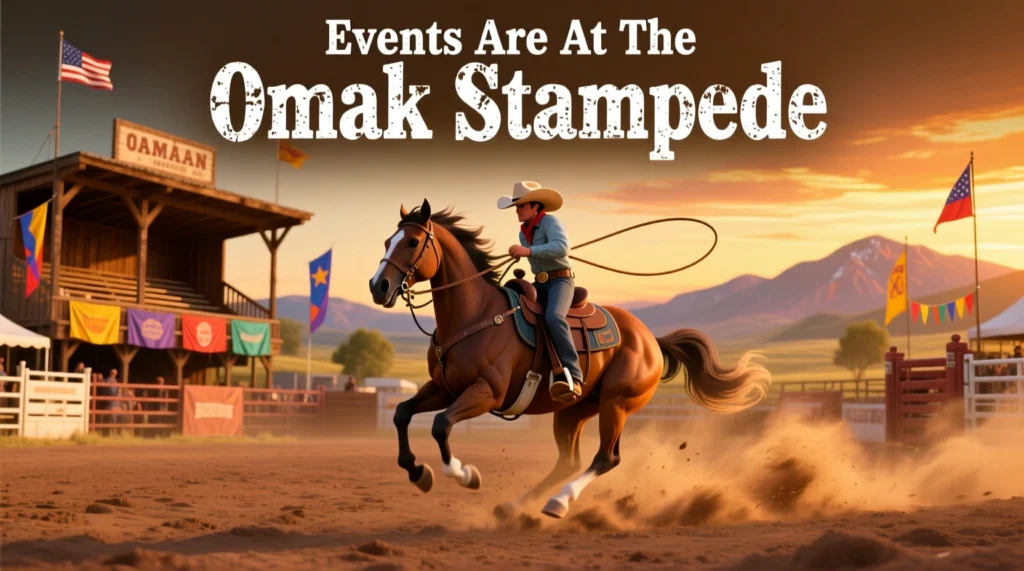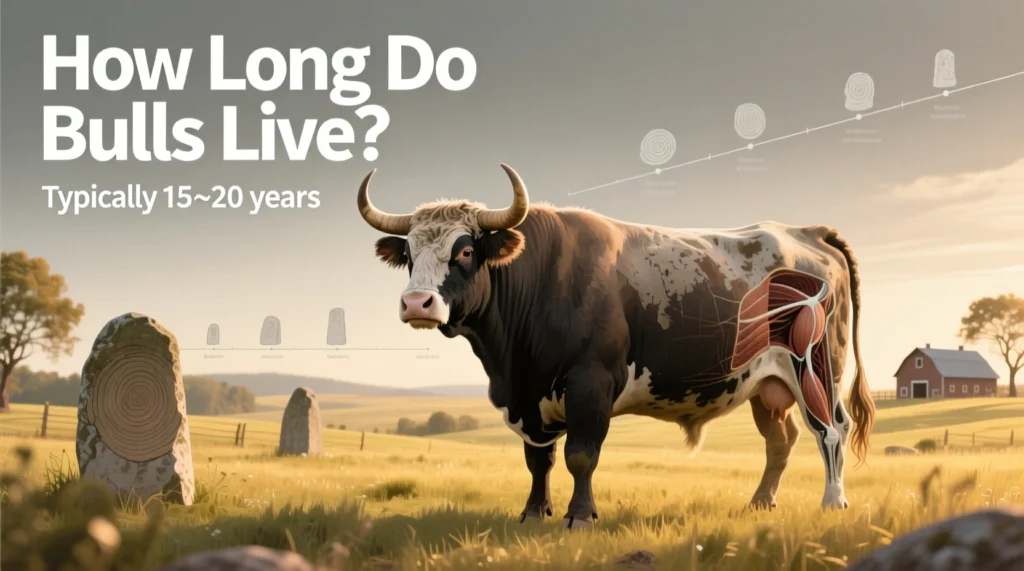Wondering Do Bulls Enjoy Being Ridden? if bulls actually enjoy being ridden? Discover the science behind bucking behavior, animal welfare facts, and expert insights from professional rodeo.
A large bull at an American rodeo that clung to a rider for 8 seconds raises an important question: Is riding bulls fun?
The answer is not easy. Although bulls do not “enjoy” being ridden the way humans enjoy the activity, they do not experience it as cruelty either. Modern rodeo practices and animal science reveal a more important truth about these mighty athletes.
This guide showcases proven strategies from PBR (Professional Bull Riders) champions, biomechanics, and sports science to help you master the sport.
Table of Contents
Bucking Bull Behavior: Key Facts & Statistics
| Factor | What Research Shows | Rodeo Safeguards |
|---|---|---|
| Natural Instinct | Bulls buck instinctively, not out of anger | Flank straps encourage natural movement |
| Pain Response | No evidence of riding causing long-term harm | Strict veterinary oversight at all PBR events |
| Stress Levels | Cortisol levels similar to normal farm handling | 30-minute max exposure per event |
| Career Longevity | Top bucking bulls perform for 8-10 years | Retired bulls often become breeding stock |
Why Bulls Buck: The Science Behind the Behavior
1. It’s in Their DNA
- Studies show bucking is 30-40% genetic (University of Calgary research)
- Bulls are naturally territorial and will buck when something is on their back (even without a rider)
- Breeding programs select for athleticism, not aggression
2. The Flank Strap Myth
- Contrary to rumors, flank straps:
- Don’t cause pain (placed over loose skin)
- Mimic a predator’s grip, triggering instinctual response
- Are removed immediately after each ride
3. Bull Treatment in Professional Rodeo
✔ No electric prods or harmful stimuli used
✔ Regular vet checks before/after events
✔ Strict weight limits for riders
Read Web Story For Do Bulls Enjoy Being Ridden?
How Rodeo Bulls Are Raised & Trained
The Life of a Bucking Bull
- Birth to 2 years: Pasture-raised with minimal human contact
- Age 3: First exposure to bucking chutes (no riders)
- Prime Years (4-8): 15-20 events per year (with 4+ months off annually)
- Retirement: Live out lives on ranches, often worth $50,000+ as breeding stock
Training Methods
- Positive reinforcement (feed rewards after bucking)
- Gradual exposure to arena environments
- No punishment-based techniques (per PBR animal welfare rules)
Animal Welfare in Rodeo: How It Compares
| Practice | Rodeo Bulls | Factory Farm Cattle |
|---|---|---|
| Lifespan | 10-15 years | 18-24 months |
| Living Space | 5+ acres per animal | Feedlot confinement |
| Medical Care | On-site vets at events | Limited veterinary access |
| Purpose | Athletic performance | Meat production |
Data: ASPCA, PBR Animal Welfare Reports
Expert Perspectives on Bull Psychology
Rodeo Veterinarians Say:
“A stressed or abused bull will not consistently perform. These animals are elite athletes who are held in high regard.” – Dr. Tiffany Brooks, PBR Chief Veterinarian
Animal Behaviorists Note:
“Buckling is a natural defensive behavior, not a sign of distress. These bulls are bred for this specific athletic trait.” – Dr. Temple Grandin, Colorado State University
Bull Owners Explain:
“Our bulls get excited when they see the trailers — they know it’s game day. They’re competitive animals.” – PBR Stock Contractor of the Year
FAQs: Do Bulls Enjoy Being Ridden?
Q: Do bulls get hurt in rodeos?
A: Minor injuries occur (like human athletes), but serious injuries are rare (less than 2% of events).
Q: Why do bulls try to attack riders after bucking?
A: It’s territorial behavior—they’re defending their space, not acting vengefully.
Q: Are rodeo bulls treated well?
A: Top-tier bulls receive better care than most livestock—regular vet visits, quality feed, and spacious living conditions.
Q: Could bucking bulls live on regular farms?
A: Yes, but they’d still buck naturally when startled—it’s their instinct.
The Ethical Rider’s Checklist
For those concerned about animal welfare:
✅ Only attend PRCA/PBR-sanctioned events (strict welfare standards)
✅ Look for visible vet staff at competitions
✅ Support bull adoption programs for retired animals
✅ Watch for bulls’ post-ride behavior (calm bulls = well-treated bulls)
Respecting the Animal Athlete
While bulls don’t “enjoy” being ridden in human terms, they don’t suffer either. These powerful animals are bred for bucking, groomed as elite athletes, and often lead healthier lives than traditional livestock.
Key Takeaway? Responsible rodeo prioritizes animal welfare while celebrating the bull’s natural abilities. For fans, understanding this balance makes the game more impressive.
